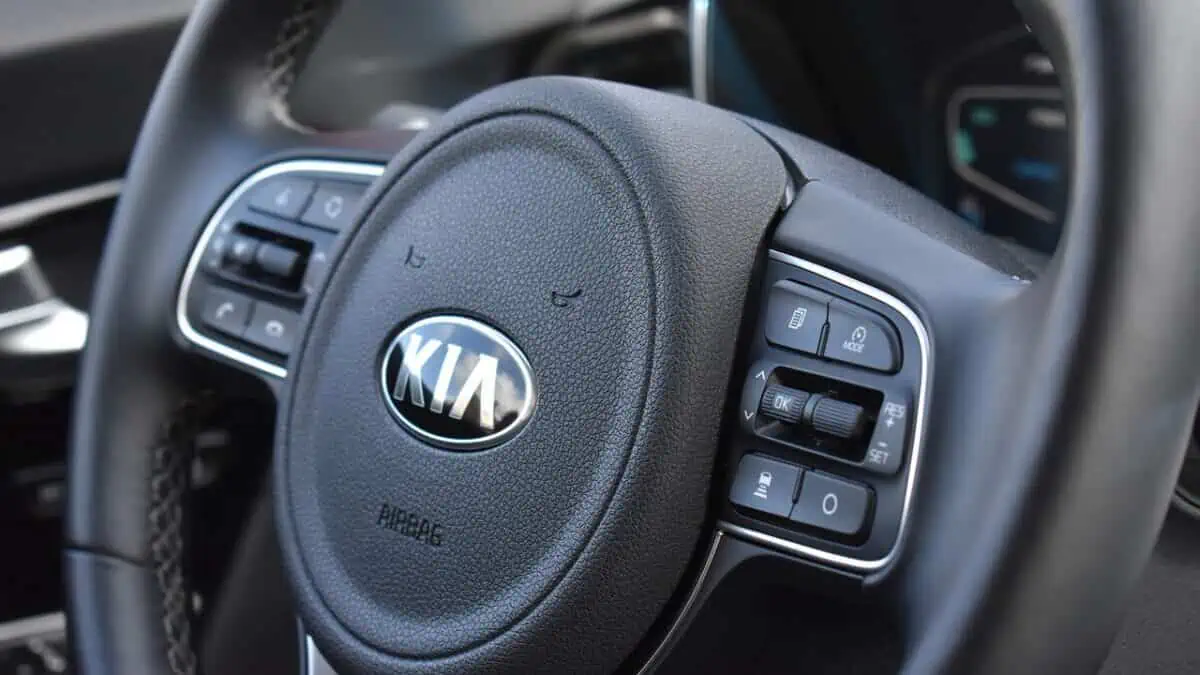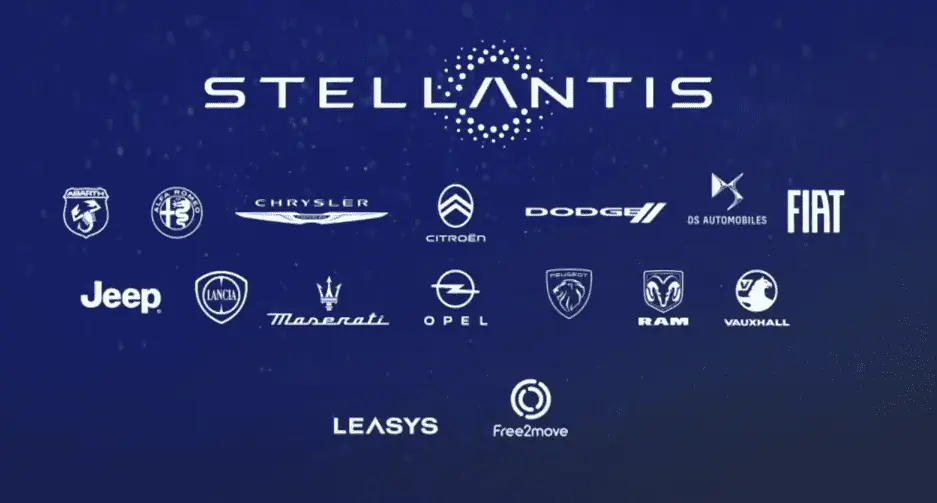South Korean automaker Kia exhibited three new all-electric car concepts at the highly awaited CES 2024 in Las Vegas. Excitingly, these high-tech EVs will ride on the company’s new Platform Beyond Vehicle (PBV).
This new platform is part of Kia’s efforts to expand into the commercial vehicle industry, potentially delivering modular, fit-for-purpose EVs to businesses and individual customers.
“Kia’s PBV business represents our vision of going beyond the traditional concept of automobiles by fulfilling the unmet needs of diverse customers and communities through optimized vehicles and services catering to specific market and business circumstances.”
Kia President and CEO Ho Sung Song
Kia concept cars
Kia showcased three new concept cars, including the PV1, PV5, and PV7. They will vary in size and target customers but share the same PBV platform.
According to Top Gear, the PV1 is the “most agile and diminutive” among the three. It will best apply to short-distance logistics like deliveries and pick-ups.
The PV5 displayed three variants at the event, including the Basic, High Roof, and Van. It will highly likely emerge as the most popular choice among the three, considering its dimension similarity to Ford’s mid-sized van Transit Connect.
Lastly, the PV7 is the largest compared to its two siblings. Therefore, it offers the biggest cargo space. It also comes with the highest driving range.
Key phases
As mentioned, the PBV will play a significant role in the development of these three car concepts and aid Kia’s goal of penetrating the commercial segment.
It aims to deliver versatility and adaptability to different personal and work customs. It integrates HMG’s software-to-everything (SDx) tech to enable Kia’s electric PBVs to offer a new design language in modular, customizable space, regardless of whether it is a recreational vehicle, taxi, mobile boutique, or cargo van.
Interestingly, Kia announced plans to launch the PV1, PV5, and PV7 across three key phases:
- Phase 1 – Kia will introduce the PV5 to focus on “major domains such as hailing, delivery and utilities that features conversion capability for diverse customer needs”
- Phase 2 – Kia rolls out the PV1 and PV7 models to enable the integration of new businesses into robotics and other future technologies, like flying cars.
- Phase 3 – Kia will develop and gradually establish an entire mobility “ecosystem” to interlink all its PBV cars, which will comprise an “operational smart city using local energy grids.”
Production
Kia plans to officially start the production of its PBV electric vehicles in 2025 at its new factory at the Hwaseong site in South Korea.
Kia aims to hit an initial annual production capacity of 150,000 units. This figure will gradually increase to a whopping 300,000 units.
Kia is optimistic that its PBV business will significantly support its customer-centric business approach, potentially delivering a growth potential for the company to advance as a “sustainable mobility solutions provider”






